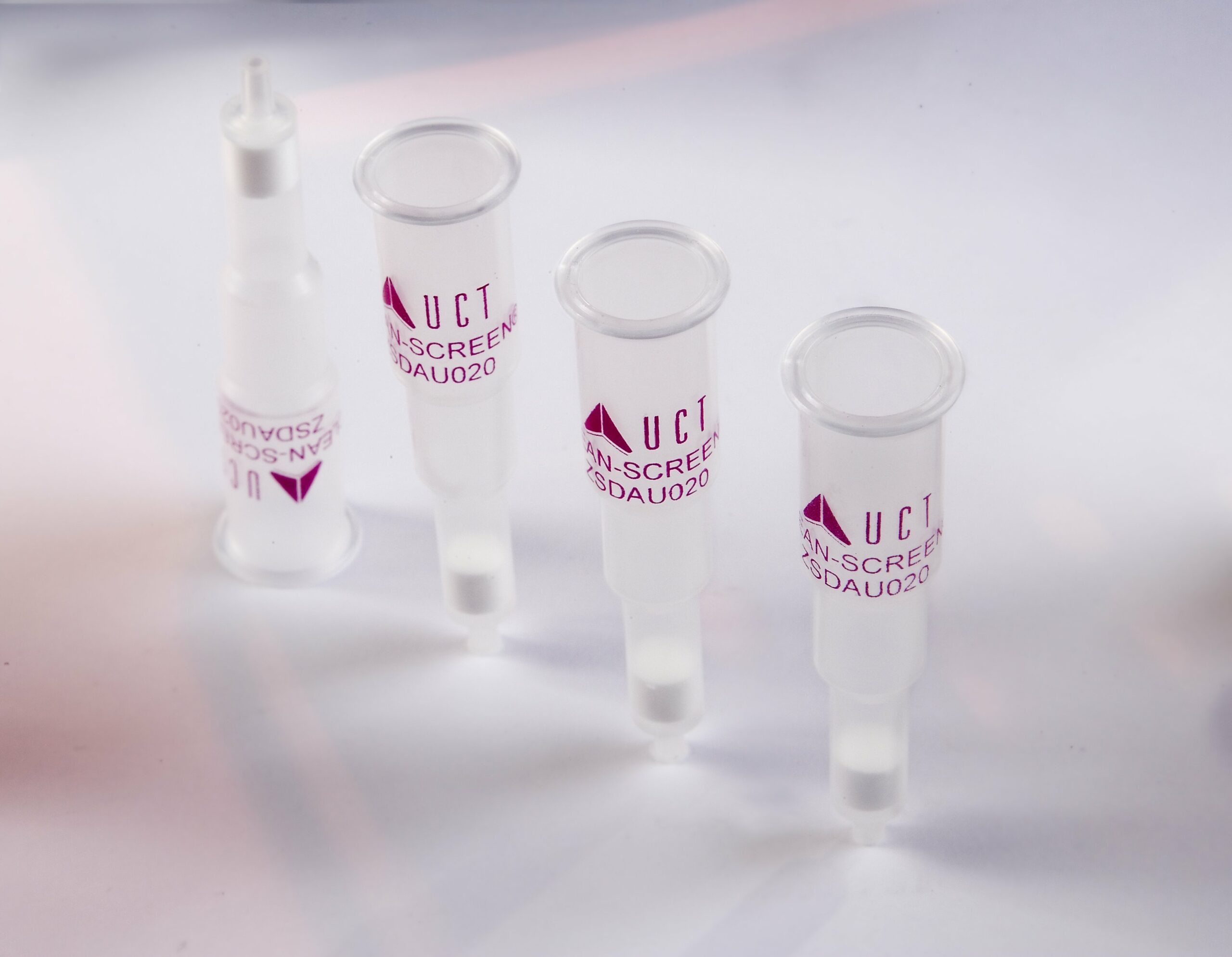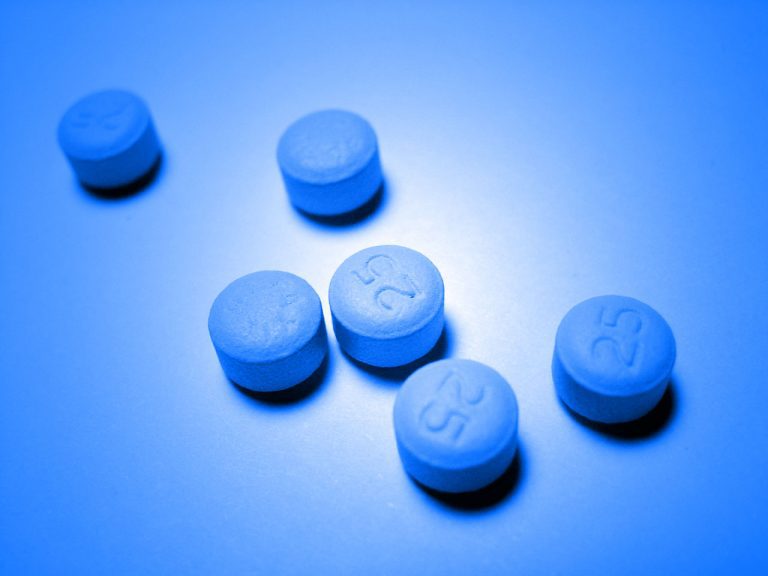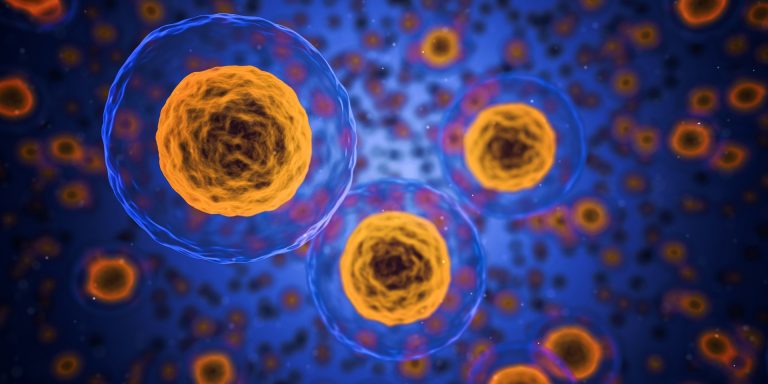UCT Flagship Sorbent Clean Screen® DAU Cited in SOFT-TIAFT Meeting Presentation
In Forensic Toxicology, ion suppression or enhancement of analytes due to incomplete removal of matrix components can negatively impact analytical methods. Based on the Scientific Working Group for Forensic Toxicology (now OSAC) Standard Practices for Method Validation in Forensic Toxicology, suppression/enhancement can be evaluated using two approaches: post-column infusion or post-extraction addition. By using one of these two approaches, laboratories can assess extraction efficiency and its impact on crucial validation parameters.
In a presentation at the recent joint annual meeting of Society of Forensic Toxicologists (SOFT) and The International Association of Forensic Toxicologists (TIAFT) held in Boca Raton, Florida, USA, Jamie Foss et al., employed UCT’s famous flagship sorbent, Clean Screen® DAU (CSDAU 130 mg/3 mL), in a study concerning the determination of matrix suppression in blood/urine samples by liquid chromatography-tandem mass spectrometry. The study involved the solid phase extraction (SPE) of benzoylecgonine, carboxy-THC, Fentanyl, 6-monoacetyl morphine, and hydrocodone and the related matrix effects.
In the extraction procedure, samples of blood and urine from 12 individuals were diluted 1:10 with an 0.1 M aqueous phosphate buffer (pH 6) for a final volume of 1 mL. Before applying samples, the SPE cartridges (were conditioned with methanol and 0.1 M phosphate buffer (pH 6). Cartridges were washed with DI H2O, 0.1M HCl, and methanol. The analytes were eluted with dichloromethane: isopropanol: ammonium hydroxide (77:20:3).
It was determined that post-column infusion approach was effective in mapping the suppression events versus retention time to help predict future issues with quantitation for specific analytes. It was suspected that early eluting analytes would be most affected by residual salts. It was found that later eluting analytes were most affected by phospholipids via MRM monitoring of lipid and phospholipid transitions.
The authors determined a quantitative description of matrix suppression across the linear dynamic range of the method by comparing the slopes of a calibration curve of solution standards versus extracted matrix. This value was also compared against a matrix suppression values obtained as a single point calibration. The sum of this multi-layer approach gives the most realistic depiction of the effect of matrix suppression versus any one technique alone.
This study demonstrates that when research scientists who need to reduce matrix effects in forensic toxicological analyses require the finest of sorbents, they turn to UCT. For more information about Clean Screen® DAU please visit https://sampleprep.unitedchem.com/products/spe/clinical-forensic/clean-screen-dau





